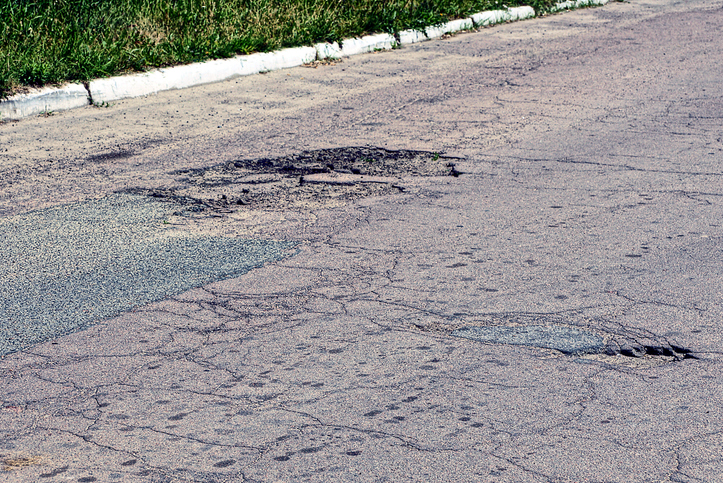
Rutting in asphalt pavements is an issue that can compromise the safety, function, and longevity of road surfaces. This phenomenon is characterized by longitudinal depressions forming in the wheel paths of roads, and while it might be commonly confused with other forms of pavement failures like potholes, rutting is distinct in both its formation and effects. Understanding the causes, implications, and solutions for rutting is essential for maintaining safe and durable asphalt surfaces.

Understanding Rutting in Asphalt Pavements
At its core, a rut is a permanent, longitudinal surface depression that forms in the wheel paths of a flexible asphalt road surface. This deformation accumulates over time as heavy vehicles pass over the road, with each passage causing a small, permanent transformation of the road’s surface.?
Rutting can manifest as visible depressions or grooves on the road surface, categorized by their severity and potential to retain water. This not only impacts the aesthetic and functional quality of the road but also poses significant safety risks. For instance, ruts filled with water can lead to hydroplaning, where vehicles lose traction and slide uncontrollably on the water’s surface.
Main Causes of Rutting
Rutting in roads can arise from several interrelated factors including the quality of the asphalt mix, the structural integrity of the pavement layers beneath the asphalt, and the condition of the subgrade, or foundation, of the road.
Asphalt Layer Problems
Poor mix design or inadequate compaction of the asphalt layers can lead to surface rutting. The ideal asphalt mix should be designed to withstand the expected traffic loads and environmental conditions without deforming. Key elements influencing the mix’s stiffness—such as aggregate size, shape, and bitumen quality—must be carefully selected to prevent rutting.
Structural Layer Issues
The subbase and base layers of the pavement distribute traffic loads across the pavement foundation. If these layers are too thin or made of materials that do not provide enough support, the pavement can deform, leading to rutting at the surface. Various innovations have been shown to enhance the strength of these layers, preventing deformation and extending the pavement’s lifespan.
Subgrade Layer Weaknesses
The performance of the entire pavement structure is highly reliant on the strength and stability of the subgrade layer. Moisture infiltration from rainwater or poor drainage can weaken this layer, making it susceptible to deformation under traffic loads. Comprehensive site investigations and proper maintenance are crucial to ensure the strength of the subgrade layer is maintained.
Preventing and Addressing Rutting
Modern advancements in asphalt mix design and predictive testing, such as the use of the Hamburg Wheel Tracking Test, have made it possible to significantly reduce the risk of rutting. Ensuring proper compaction during construction and choosing the right materials based on predictive evaluations are key to preventing rut-related problems.
When rutting does occur, determining the underlying cause is the first step in addressing the issue. Depending on the rut’s severity and cause, solutions may range from minor interventions to comprehensive overhauls involving milling the affected area and applying a well-designed mix.
Ready to Address Your Pavement Rutting Concerns?
At Bonness, we understand the complexities and challenges of preventing and correcting rutting in asphalt pavements. Our team of experts is equipped with the tools, knowledge, and experience to tailor solutions that meet your specific needs and ensure the longevity and safety of your roads. For consultations or to take the first step towards resolving your pavement concerns in Naples, FL, please call us at (239) 597-6221 or fill out our online form. Our professionals are ready to assist you with innovative and effective pavement solutions.
